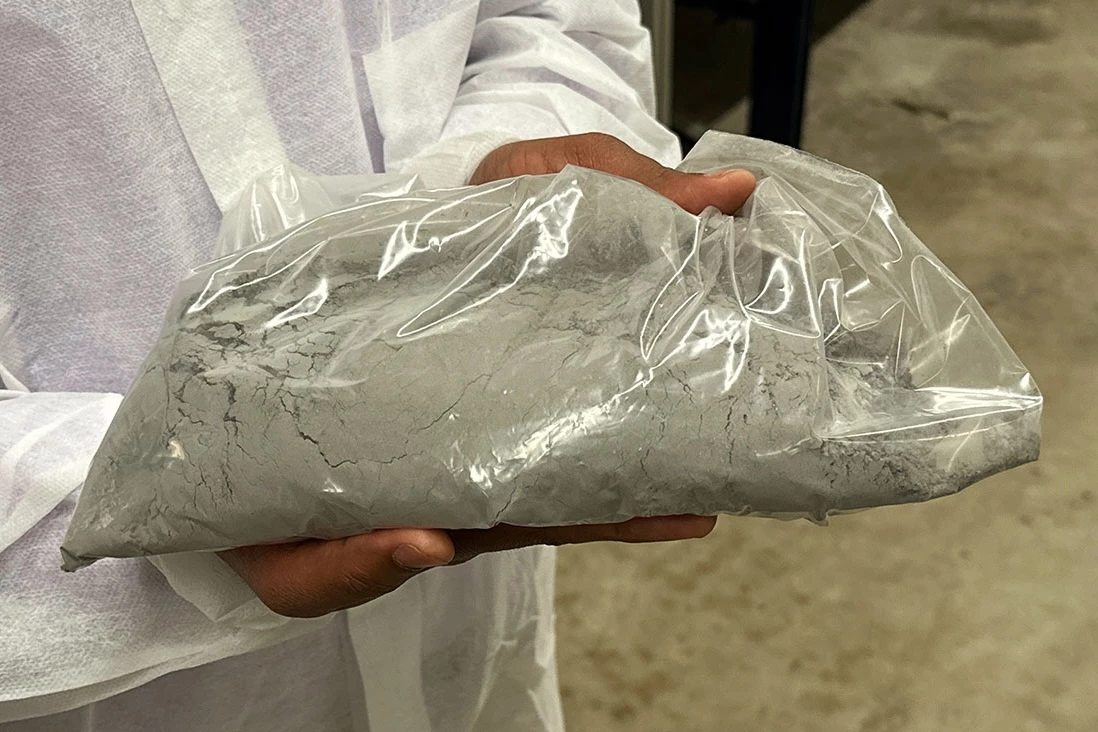Bricks made partially of discarded glass and recycling-waste ash have been shown to insulate better than regular bricks, while also requiring less energy to produce. And of course, they additionally use materials which would otherwise end up in landfills.
Ordinarily, bricks are composed mainly of clay and sand along with minerals such as lime, magnesia and iron oxide.
The clay and sand have to be ground into smaller particles before everything can be mixed together and then extruded, molded or pressed into the form of bricks. After they've dried, those bricks must be fired in a kiln.
Needless to say, the grinding and firing steps consume a lot of energy. Additionally, the clay and sand have to be mined from the earth, which isn't a very eco-friendly process.
With these problems in mind, scientists from Australia's RMIT University set about replacing a large percentage of the clay used in bricks with glass and ash. Both materials were supplied by Visy, which is Australia's largest recycling company.

The glass consisted of pieces that arrived at recycling facilities in the form of particles less than 3 mm in size, which made them too small to be sorted and recycled. The ash was generated at the facilities by burning un-recyclable items such as staples and bits of aluminum and ceramic, along with certain types of paper and plastic.
Importantly, neither the glass particles nor the ash required any grinding before being used in the experimental bricks. Both materials served partially as a flux, which lowered the melting point of the silica (sand) in the mixture.

Although a number of mix ratios were tried, the best results were obtained when glass substituted at least 15% of the clay, and ash substituted at least 20%. With this formulation, firing temperatures for the bricks could be reduced by up to 20%.
Additionally, thanks to the insulating properties of the glass and ash, it is estimated that use of the bricks in the construction of a single-story home could reduce energy bills by up to 5% as compared to traditional bricks. And what's more, the bricks do meet Australian structural, durability and environmental sustainability standards.
"We are focusing on scaling up the production process to facilitate the commercialization of our innovative bricks in collaboration with brick manufacturers in Melbourne," says the lead scientist, Assoc. Prof. Dilan Robert.
A paper on the research was recently published in the journal Construction and Building Materials.
And it should be noted, this isn't first time we've seen glass waste and ash used in better, greener building materials. Teams from Deakin University and Nanyang Technological University have both used glass in concrete, while scientists from Rice University and Drexel University have produced fly-ash-augmented concrete.
Source: RMIT University




